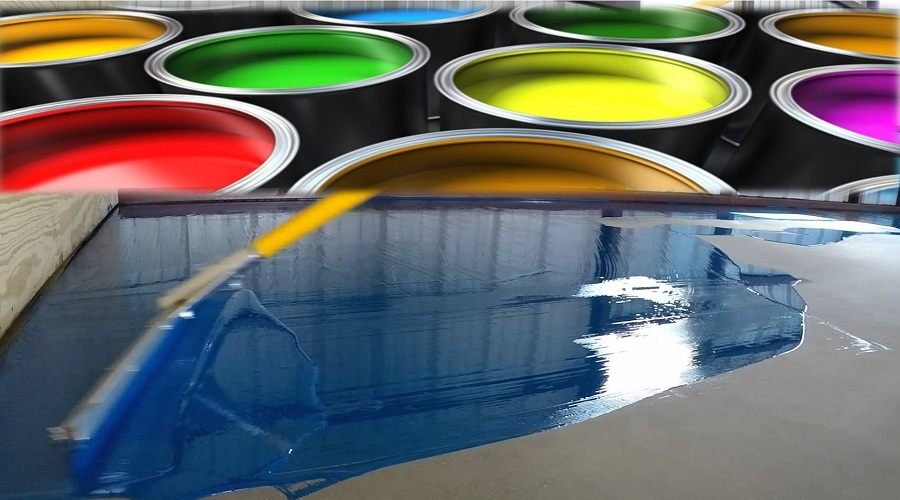Epoxy Paint vs Transitional Paint: Key Differences and Benefits
When it comes to choosing the right paint for your project, understanding the differences between epoxy paint and traditional paint is essential.
Each type has unique characteristics that can significantly impact the final outcome. In this blog, we will delve into the key differences and benefits of epoxy paint versus traditional paint, helping you make an informed decision for your painting needs.
Understanding Epoxy Paint:
Epoxy paint is a versatile and durable coating composed of epoxy resin and a hardening agent. It forms a strong chemical bond with surfaces, offering exceptional adhesion and long-lasting protection. Widely used in commercial and industrial settings, epoxy paint excels in resisting chemicals, abrasion, moisture, and corrosion.
Exploring Traditional Paint:
Traditional paint, also known as latex or oil-based paint, is the conventional choice for residential and commercial applications. It typically consists of pigments, binders, solvents, and additives. Traditional paint offers a wide array of colors, finishes, and sheens, making it popular for decorative purposes.
Key Differences between Epoxy Paint and Traditional Paint:
- Durability:
Epoxy paint stands out for its exceptional durability, making it ideal for high-traffic areas and surfaces exposed to harsh conditions. In contrast, traditional paint may require more frequent touch-ups and is generally less resistant to wear and tear.
- Adhesion:
Epoxy paint creates a strong chemical bond with surfaces, ensuring excellent adhesion and minimizing the risk of peeling or flaking. Traditional paint may require additional surface preparation and priming to achieve optimal adhesion.
- Resistance:
Epoxy paint exhibits superior resistance to chemicals, abrasion, moisture, and corrosion, making it suitable for areas prone to spills, heavy use, or exposure to harsh elements. On the other hand, traditional paint may be more susceptible to damage and discoloration under such conditions.
Benefits of Epoxy Paint:
- Longevity:
Due to its durability and resistance, epoxy paint offers long-lasting protection, reducing the need for frequent repainting and maintenance.
- Easy Maintenance:
Epoxy paint forms a smooth and non-porous surface, making it easy to clean and maintain. It resists stains, spills, and dirt, allowing for hassle-free upkeep.
- Versatility:
Epoxy paint can be applied to various surfaces, including concrete, metal, and wood, providing a seamless and uniform finish. It is suitable for floors, walls, countertops, and even outdoor structures.
Benefits of Traditional Paint:
- Aesthetic Variety:
Traditional paint offers an extensive range of colors, finishes, and sheens, allowing for diverse decorative possibilities and personalized aesthetics.
- Easy Application:
Traditional paint is often easier to apply than epoxy paint, making it a preferred choice for DIY enthusiasts and smaller projects.
Conclusion:
In conclusion, understanding the key differences and benefits between epoxy paint and traditional paint is crucial for selecting the right option for your painting needs. Epoxy paint excels in durability, adhesion, and resistance, making it suitable for high-traffic areas and harsh conditions. Traditional paint offers a wide range of colors and finishes, providing versatility and ease of application.
Consider your project requirements and preferences to make an informed decision that achieves the desired aesthetic and longevity. If you need expert advice on which option is suitable for your project and also where to get any of these paints, Morven Industrial is the right place to go. Contact us today to get started.

